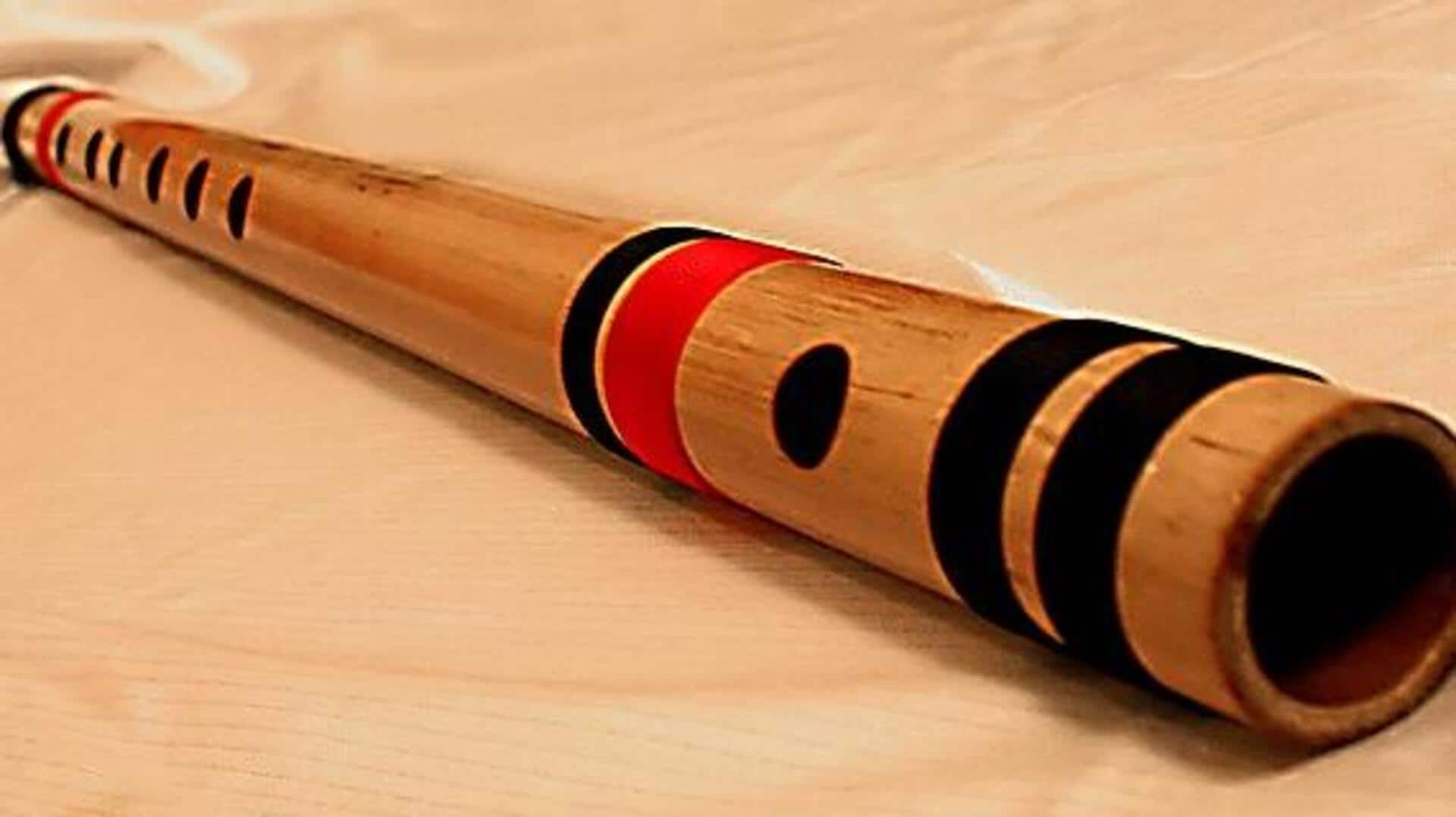
Tips for creating your own bamboo flute
What's the story
Making your own bamboo flute is a fulfilling experience, merging the art of craftsmanship with the beauty of music. This activity goes beyond a creative outlet, becoming a form of self-care that fosters relaxation and mindfulness. In this article, we delve into the steps and tips for creating your own bamboo flute, a journey that promises hours of tranquility and melodious delight.
Choosing bamboo
Selecting the right bamboo
The first step in making a bamboo flute is choosing the right bamboo. Find a straight piece with no cracks or significant imperfections. It should be one to two inches in diameter, depending on the tone and size of the flute you want to make. Green bamboo is preferable to dried, as it's more flexible and won't split as easily when you're working on it.
Tool preparation
Preparing your tools
You'll require a few essential tools: a fine-tooth saw, sandpaper (various grits), a drill with multiple bit sizes, and a carving knife. Make sure all your tools are sharp and in good condition before you begin. Dull tools can lead to splintering the bamboo or even accidents. Spending $20-$30 on good quality tools can save a lot of headaches and make the whole process more enjoyable.
Measurement marks
Measuring and marking
Take the time to accurately measure and mark the positions for your finger holes on the bamboo shaft. A standard six-hole flute layout is typical, but feel free to modify this to suit your personal preferences or if you wish to replicate specific traditional designs. Lightly mark these spots with a pencil; these marks will serve as your roadmap when you proceed to drill holes later on.
Hole drilling
Drilling finger holes
Using your drill, gently make holes at each marked location on your bamboo shaft. Start with smaller bits to create pilot holes and gradually increase in size until you achieve the desired diameter for each finger hole (typically between six mm and eight mm). It's important to drill slowly to avoid cracking or splitting the bamboo.
Final steps
Finishing touches
After drilling, use sandpaper to smooth out any rough edges around each hole and both ends of your flute. This will make it more comfortable to hold and play. If you're feeling artistic, you can use a carving knife to etch decorative patterns into your flute. Just be careful not to carve too deep or you might affect the structure and playability of your instrument.